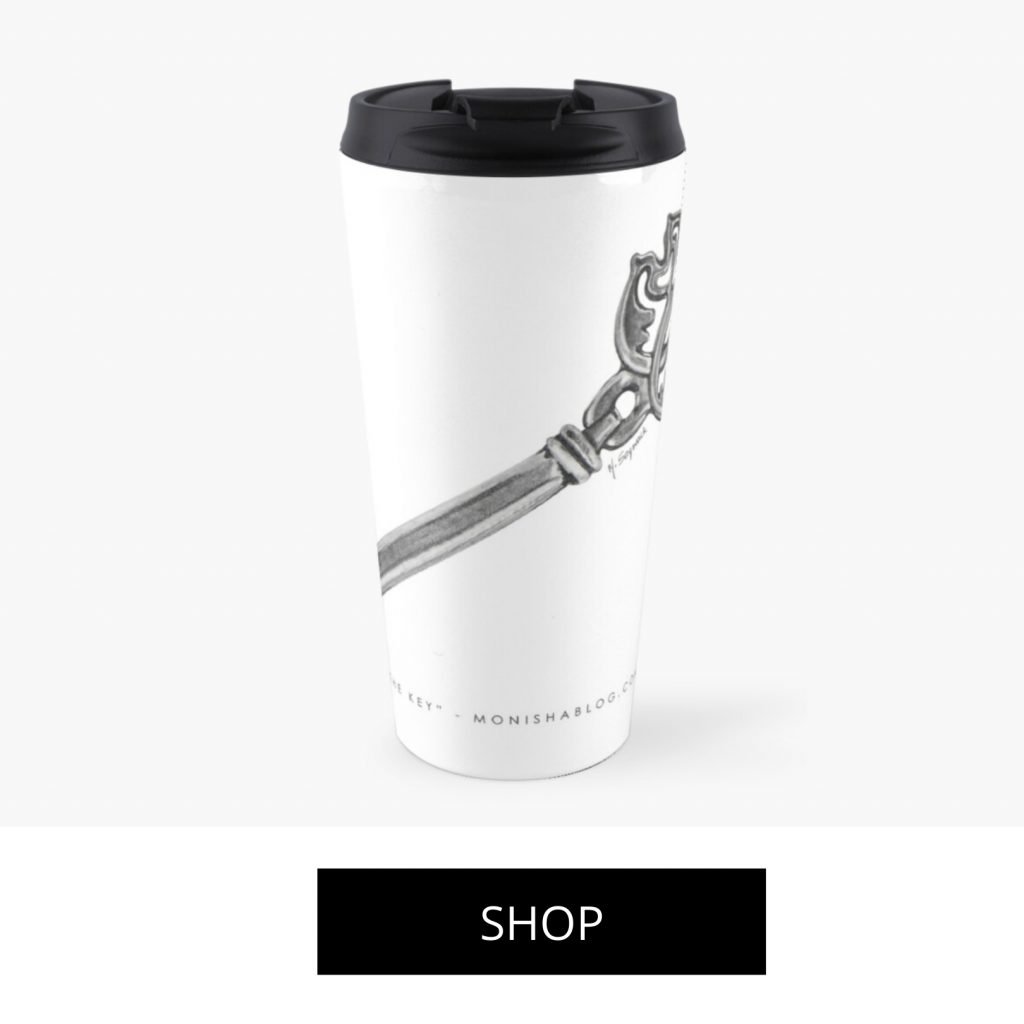There is nothing as mysterious as an old key or an ancient locked door. Keys have turned the pages of many good books and unlocked imaginations since they first appeared over 6,000 years ago. Whether rusted and half-buried in the dirt or freshly cut and hidden in a drawer, a key is always intriguing.
Without a key tied to a kite in Benjamin Franklin’s unmittened hand, we might still be without electricity. So, where did keys come from?
Origins

The first locks and keys were made of simple materials. The oldest locks found were made of hardened clay or wood. Of course, this means they were also easily broken, but a broken lock was proof of forced entry. It worked much like a wax seal, where a dollop of hot wax was stamped with an engraved ring or stamp. If that seal or lock belonged to someone important, a broken one could spell big trouble.
Over time, the materials and design changed to iron and brass that could unlock with a key from one side only. Each detail of that probably came about via a tremendously long process of trial and error.
And that’s not the whole story…
The Keyhole

The invention of the key gave rise to the equally intriguing keyhole. Many an old movie or novel drew from what someone secretly saw through that tiny opening. After all, nothing sparks the imagination like what might be on the other side of a locked door, forbidden or not. Without that, the secret-stealing spy and lock-picking thief would be half as fun.
To Everything

Today, the word key means something of paramount importance. It could be a piece of information, a button on your keyboard, or a tiny bit of code that could shut down the internet.
If only there were a key to unlock all the mysteries of the universe.
Actually, there is. If you’re interested in picking that lock, sign up for a one-of-a-kind study.
Find more information here.
Looking for a unique gift or home decor? Click here for art prints, bags, COFFEE MUGS, and lots more.
See below for a few of our favorite picks.











